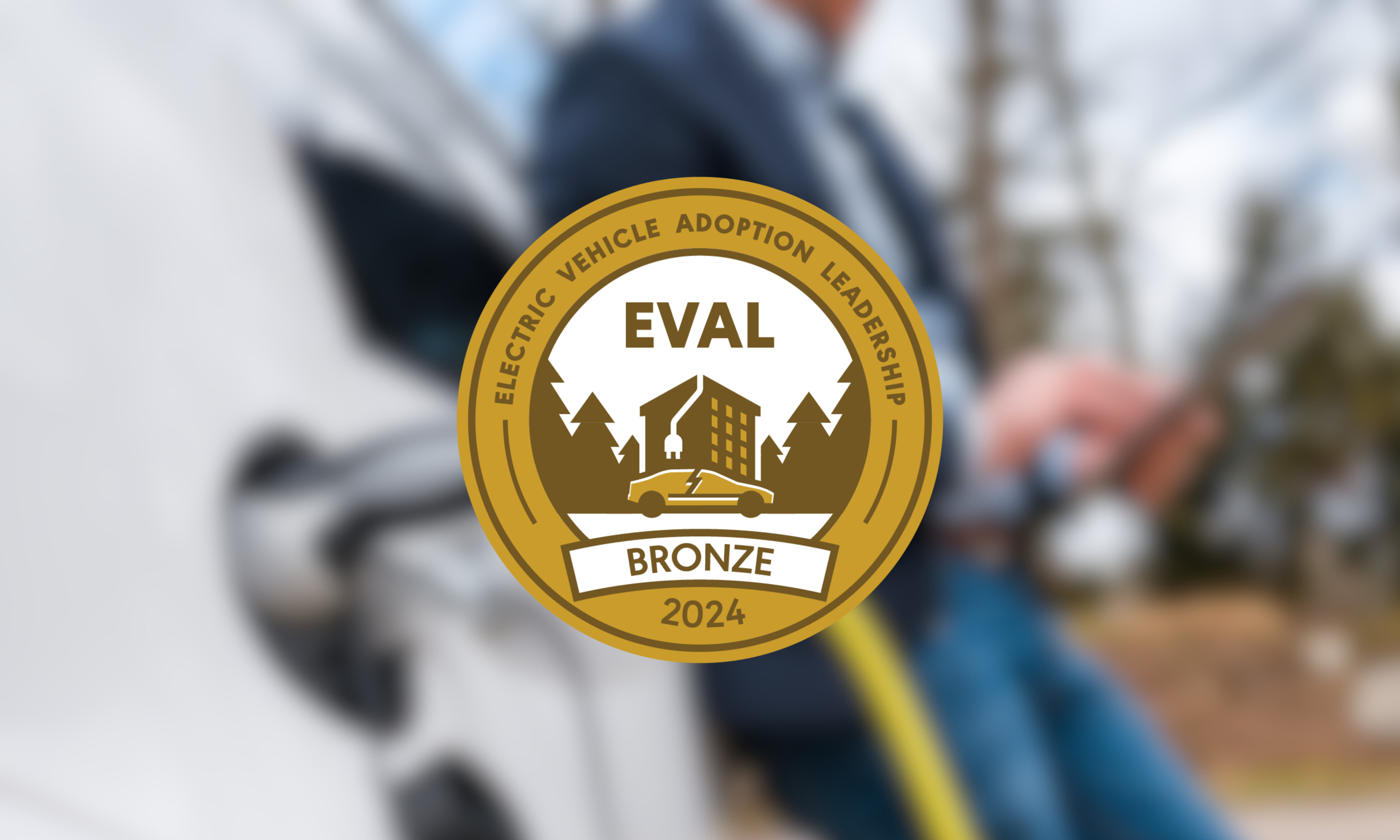This is the second in our short series of potential guest bloggers (if Plug In America’starts a guest blog in addition to “In the Driver’s Seat”). Chad Schwitters of Seattle describes the mental conversions that happen when one starts driving on electricity.
As profiled in “Charged Up & Ready To Roll: The Definitive Guide To Plug-in Electric Vehicles,” Chad and Carrie Schwitters use Puget Sound Energy’s renewable energy program to power the family’s three plug-in cars — a Toyota RAV4-EV, a converted plug-in hybrid Prius, and a Tesla Roadster. Read on for how this changed their thinking. — Sherry Boschert
 When I first decided to buy an electric car, it was on principle. I no longer wanted to contribute to pollution, climate change, geopolitical instability, and U.S. economic and dependency problems by burning petroleum. I was willing to buy an electric car and live with the problems to do my share to correct these issues.
When I first decided to buy an electric car, it was on principle. I no longer wanted to contribute to pollution, climate change, geopolitical instability, and U.S. economic and dependency problems by burning petroleum. I was willing to buy an electric car and live with the problems to do my share to correct these issues.
Now that my wife and I both have electric cars, our perspective has changed. We aren’t just “living with” electric cars, we are loving them! After driving an electric car for a while, you come to realize that a lot of things you just accept as normal in gas cars are really crutches that help make gas engines usable despite their handicaps. Gears? They are only required because the gas powerband is so narrow — neither of our electric cars does any shifting. Muffler? Only required to remove gas noise. Catalytic converter? Only to reduce gas pollution. And on and on for clutch, transmission cooler, firewall soundproofing, oxygen sensor, lubricating oil, 12-volt battery, etc.
Aside from the “crutches” that help make a gas car more like, well, an electric car, there are plenty of other things that electric cars don’t need due to a simpler drivetrain. There is no need for PCV valves, filters, fan belt, water pump and hoses, spark plugs, timing belt, gas tank, fuel lines, turbo/super chargers, etc. There are no oil changes, emission inspections, or trips to the gas station.
This all translates into a better driving experience. When you press the accelerator, you have all the torque NOW, and you start moving NOW. There is no downshifting, or waiting for the revs to increase, or the turbo to spool up. There’s no shifting and powerband cycles; just smooth acceleration. Braking is partly done by regeneration, which reduces brake wear and, when integrated with the accelerator, can make for very smooth one-footed driving that is a joy. Traction control is all electronic, which means it responds much faster and works much better.
So what problems? Oh yeah, everybody is worried about range and charge time. I admit I was worried about them — until I got an electric car. I will address the range issue elsewhere; for now I will just note that even with two electric cars, it is really, truly, not a problem for us. (That is not to say that it wouldn’t be an issue for some).
Even if a cheap, U.S.-made, carbon and pollution-free gas replacement is invented, I would still want to drive an electric car. Electric cars are smooth, quiet, responsive, clean, cheap to operate, fun to drive, low maintenance…why would we ever give this up, and go back to driving with crutches?
— Chad Schwitters
(Photo courtesy of Chad Schwitters)
